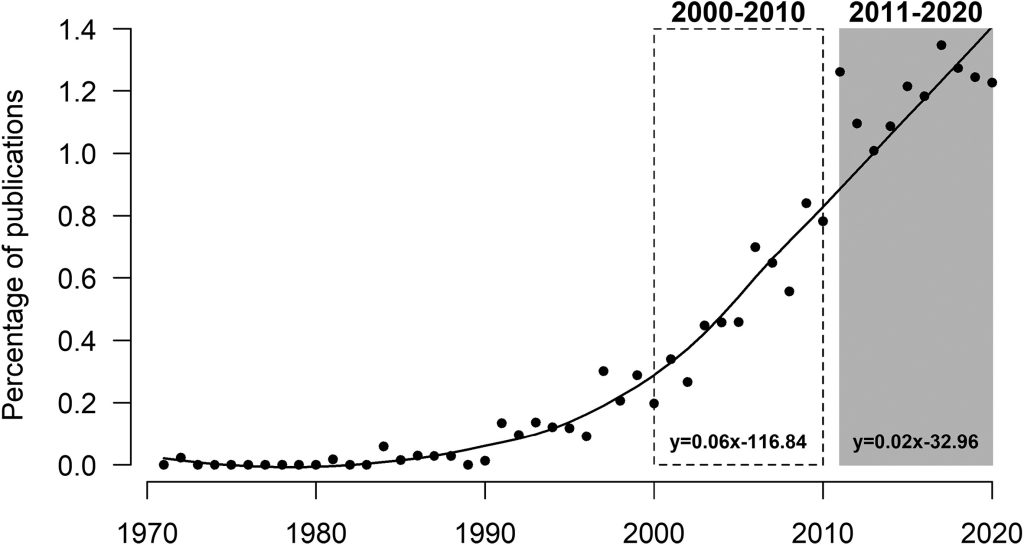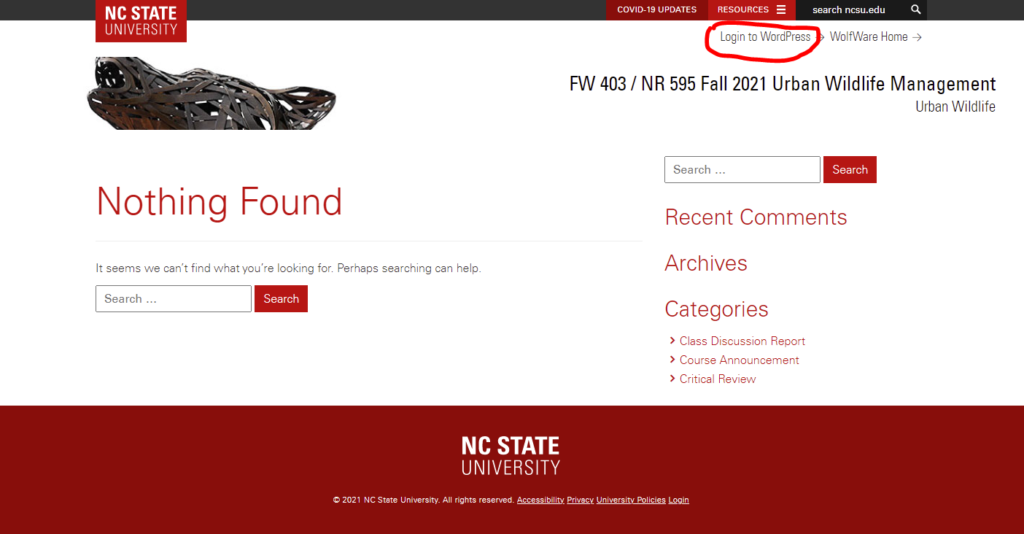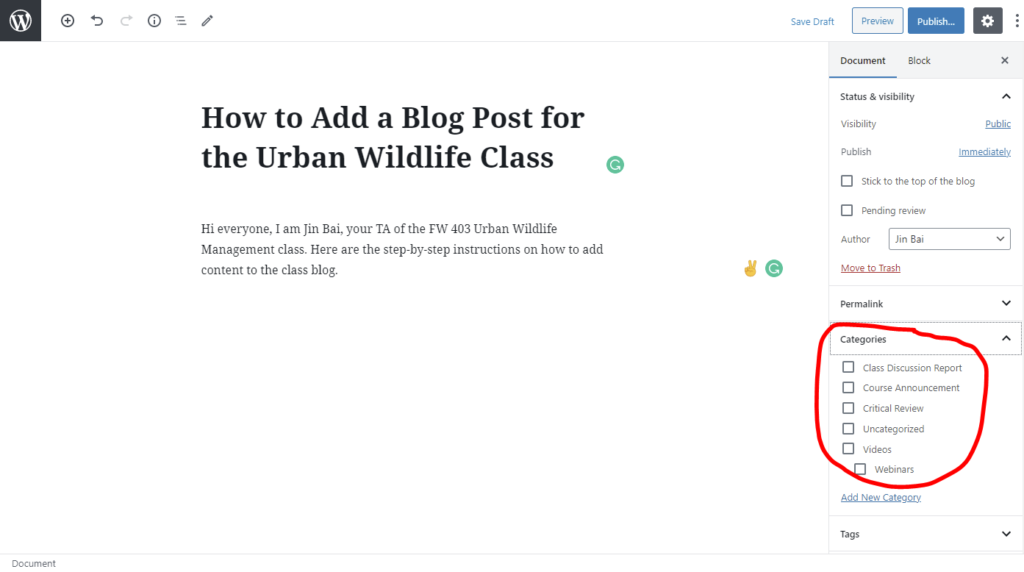Urbanization is an obvious problem for multiple species of wildlife. Dependency on humans, and boldness are two of the largest effects urbanization has on species. One species in particular being the Eastern Gray Squirrel. From eating bird feed from backyards, to eating out of people’s hands, it shows that they have shifted from their natural avoidance of humans. A study conducted in Boston Commons, a 50 acre urban park in downtown Boston, shows this perfectly.
The study conducted on the boldness of the Eastern Gray Squirrel divides Boston Commons into 5 sectors, two of which had dense tree cover, while the others contained mostly grassland and scattered trees. All quadrants are surrounded by roadway, so noise pollution and distractions could be factors in results. The experimenter in the study observed squirrels in each quadrant 3 times for periods of 20-60 minutes throughout the month of March. It is important to note that this is around spring breeding times for squirrels, and could see increased activity and boldness. The experimenter observed squirrels feeding, how quickly the squirrels fled, how bold they were, or if they were conducting other activities.
It is important to understand that this study has many flaws. One being that it is only a regional study, in a park setting. Boston has vastly different weather conditions in March than in say the Midwest. Only being a regional study, it can be hard to determine if the behavior in that specific region can correlate to different environments. Not only that, it is important to realize that another flaw in the sampling is that the study is at a time of peak activity, and no other time of the year. Squirrels breed and produce young between February and May. What if another study was conducted in July, when temperatures peak? Lack of consistency is also important to consider. A human body was introduced when seeing how bold the squirrels would be when presented with a nut in a hand. Some squirrels took it, and some didn’t. Humans aren’t perfect, and there is no control group in the study.
Overall the study does a great job of highlighting the problems of urbanization for squirrels. In the wilderness, a squirrel will not just walk up to an out of place object, a human, and accept a nut from their hand. It is just not realistic in their natural environment. An urban squirrel taking a nut from hand not only shows they don’t fear natural predators anymore, but they may be becoming dependent. No study is without flaw, and I think this could be a great resource in future research, to help raise awareness about problems of species urbanization.







